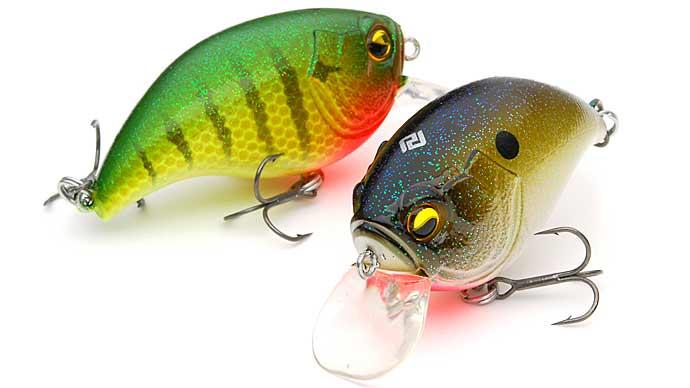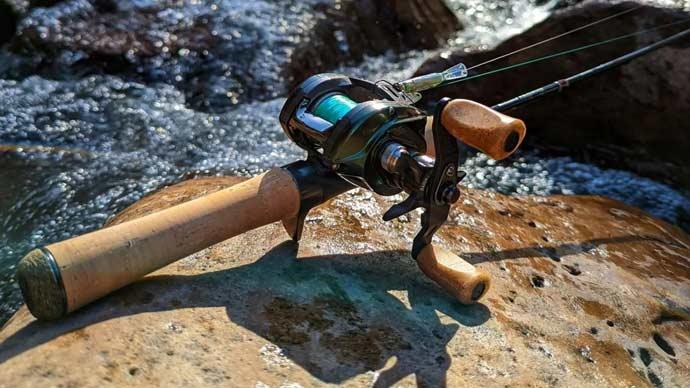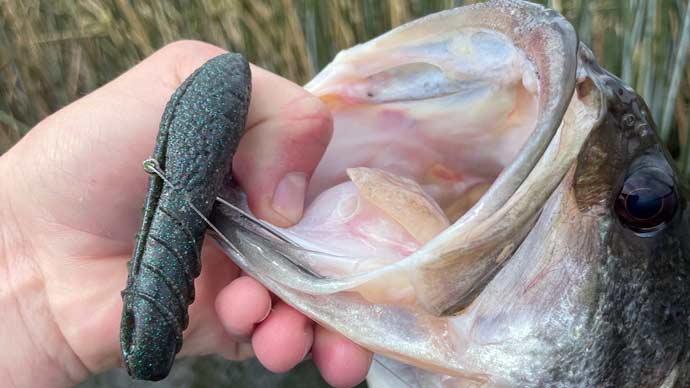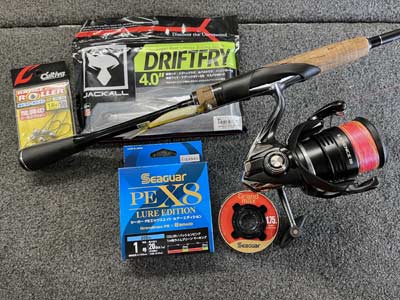
If you are looking for a preview of what's to come with bass fishing tackle and techniques, it might be worth a look across the Pacific Ocean to Japan. The Japanese Domestic Market (JDM) has long been an indicator of the latest fishing trends; often, they are already using the next big thing that American anglers will learn about. This goes back to the drop-shot rig, Neko Rig, free rig, and more, which all became popular in Japan long before they became mainstream in the States.
So what's next? A few items are already hitting the scene, and more are coming. If you're looking for the next technique to help you catch more bass, here are some of the newest trends from Japan.
Mid-Strolling Tackle and Gear
The current trend of fishing a minnow imitator on a jighead is taking over the fishing world and winning many top-level bass tournaments. According to some Japanese professional anglers, this trend has been popular in Japan for years, even before forward-facing sonar, which has helped to make this technique so effective today.
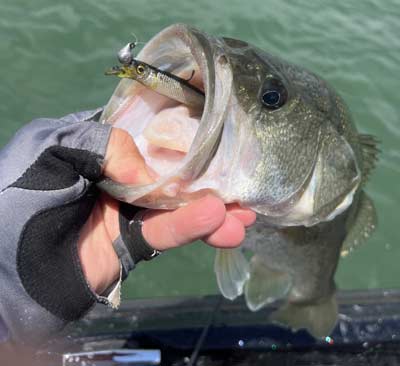
There are many names for fishing this way, but mid-strolling is the most commonly used. In this technique, you shake or "stroll" the bait in the middle of the water column for suspended bass. No matter what you call it, some Japanese products were developed specifically for this technique.
The soft plastics look similar to a fluke-style bait at first glance, but many have technical features to get a different look. These Japanese baits are some of the hottest things going on and have proven hard to find. They include the Deps Sakamata Shad, Jackall Drift Fry, and RAID Fish Roller. Each has little additions, allowing the bait to roll and look different than a standard soft plastic jerkbait.
The Deps Sakamata Shad features unique wings on the side to improve the bait's rolling action, and the Jackall Drift Fry has a molded soft plastic lip that does the same thing. These highly technical baits look much different from your run-of-the-mill soft plastics and have proven highly effective in American waters.
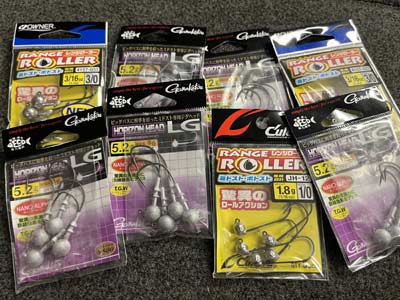
Another trend, specifically for this type of fishing, is the jigheads themselves. Instead of just using a standard round ball head, Japanese imports are designed to get better rolling action, either with how the lead is molded onto the bait or with a unique head shape that assists and gives more movement. Anglers are using two of Japan's most notable new jigheads: the Owner Range Roller and Gamakatsu Horizon Head.
With the popularity of this technique, some rods have been developed to get the best action from your lures. The main difference between these rods and a standard rod is a slightly stiffer tip section that helps to give the bait the best action. One is the Shimano Expride, which includes two rods in the lineup with a solid tip instead of the hollow rod blank. The Deps Gain Element "SHAKING ELEMENT" rod was also developed for this style of fishing and has a slow taper designed to help you get better rolling action from your baits.
"Fuzzy Dice" and Flat Gill Imitators
Another trend, which may seem like a joke, is the popular dice-shaped baits with protruding skirt material. This started with the OSP Saikoro Dice Rubber, but several more versions are on the market, including the Geecrack Imo Kemushi Slim Worm and Cue Bomb. No matter your version, they are unique and show the bass something different than your standard soft plastic lures.
These baits can be used in several ways, but the primary way is to rig them on a drop-shot. Instead of a standard worm that shakes and jiggles, these small chunks of plastic with skirt material flowing give you a completely different presentation starting to catch on with both bass and anglers in America.

Another trend is a host of bluegill imitating soft plastics that have been gaining popularity. These baits are bulky, flat, and different from almost every other soft plastic bait on the market. One commonly used Japanese version is the Geecrack Bellows Gill, which has unique ribs on the side. Some other great examples are the Nories Flip Ko Gill and Deps Bull Flat. They can be rigged in many ways and have a unique look and action, no matter how you fish them.
Ultra-Thin Braided Line
Years ago, when braided lines became more popular, the term "super line" was a common way to describe a super strong line with a very thin diameter. Now, that same braided line is getting even stronger and somehow even thinner thanks to a material from Japan called IZANAS.
This is an incredibly thin material, and it is now being used for fishing lines. Some Japanese braided lines, including Seaguar's PE-X8 and X-BRAID's FINESSE line, have begun to enter the North American market.
The benefit of a thinner line is that it can be much smaller in diameter with more strength, helping anglers get a better feel of what their lure is doing as it cuts through the water. Super-thin braided lines are another trend in Japan that has now reached America.
There is always something new coming from Japan, and their innovation and level of detail are unmatched as they develop new lures. These are the latest trends and tackle, but there will surely be much more to come.


